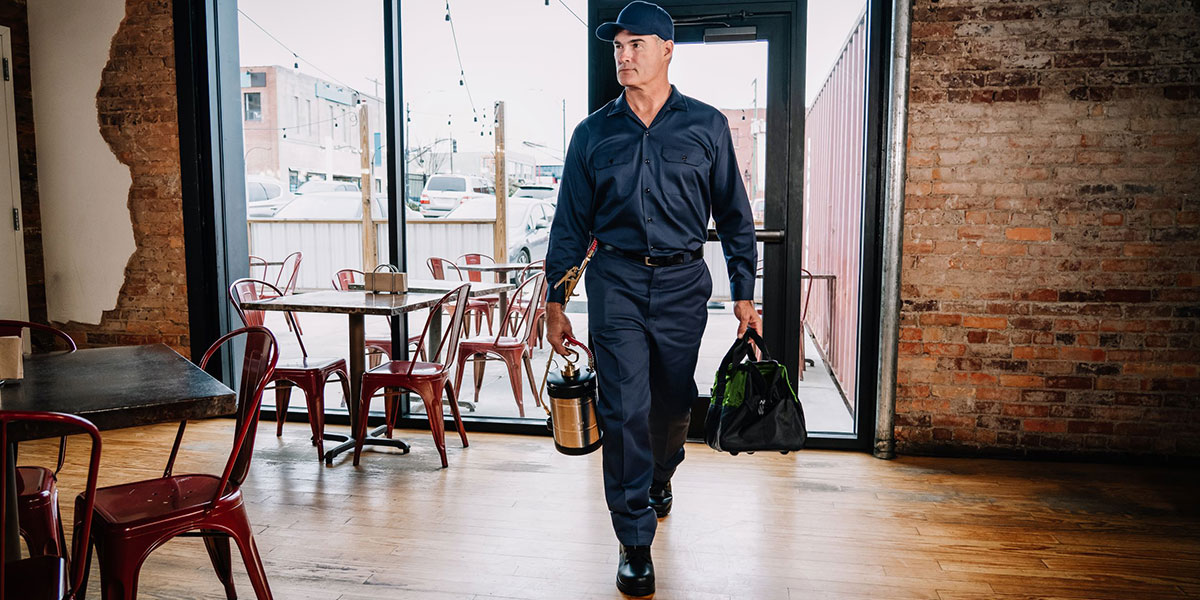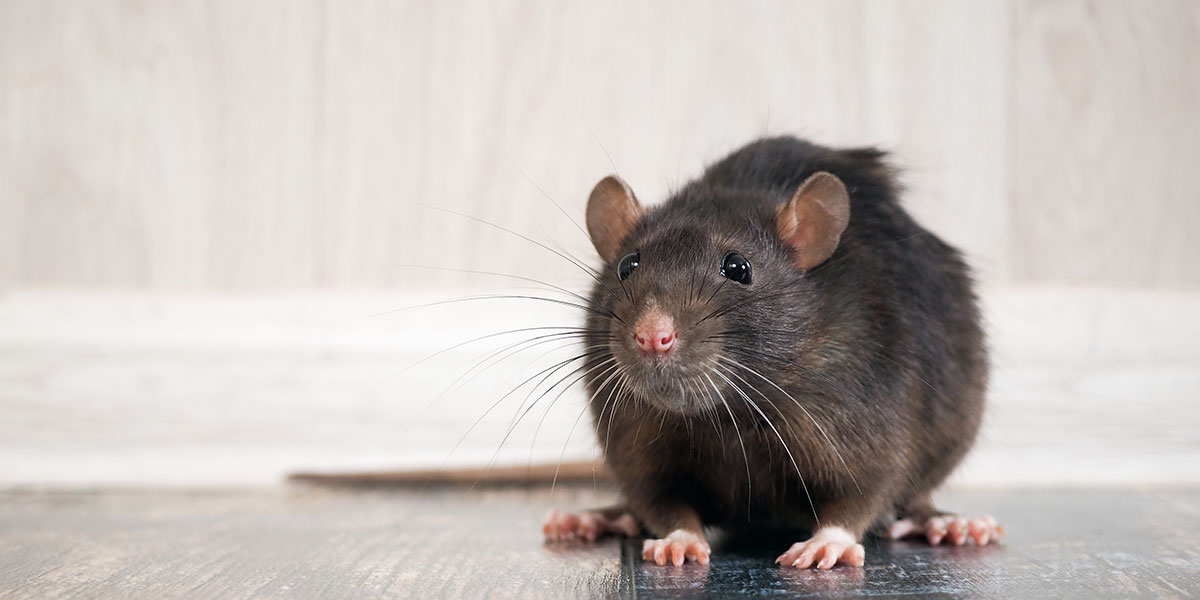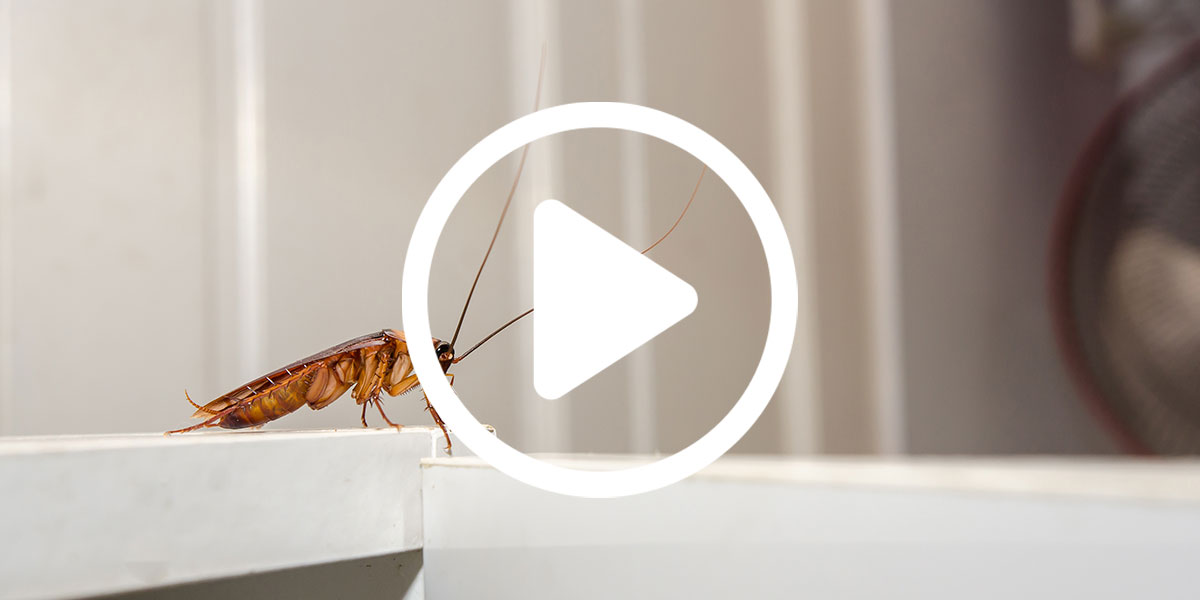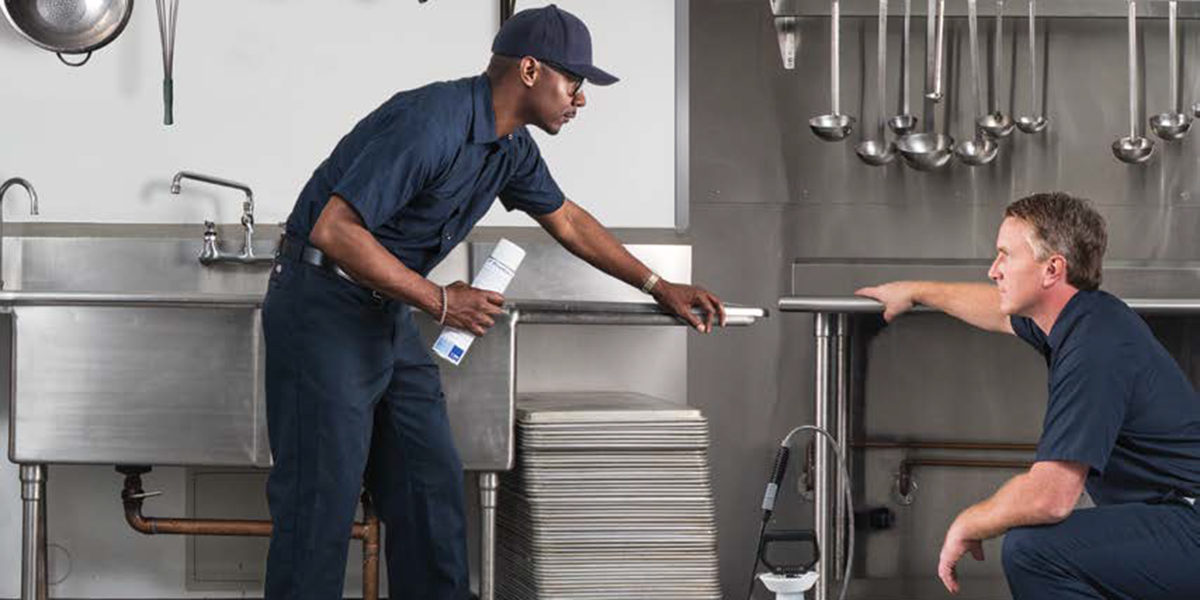______________________________________________________________________________________________________________________________________________________________
Must-Have Tools for PMPs
Desiree Straubinger
Technical Services Representative - BASF Professional & Specialty Solutions

Desiree Straubinger has spent over 20 years studying and teaching about the insect world. As Technical Services Representative for BASF, Desiree leads efforts to build and share technical knowledge throughout the industry. She makes certain that those she works with gain the right expertise to get the job done.
Desiree graduated Purdue University with a degree in Entomology and is a Board-Certified Entomologist (BCE) as well as a Certified Professional - Food Safety (CP-FS). Her true passion for the pest industry was revealed when she began her career as a pest prevention specialist in Orlando, FL. The following 20 years were spent in various positions with pest control companies including Market Technical Director for Rentokil and VP Technical for Certus Pest, Inc.
Desiree’s passion for the profession has led her to become an industry leader, working to elevate the industry and increase interest in the field of entomology. She serves in key positions on numerous boards and committees, including the Incoming President of Pi Chi Omega, PMP Magazine Editorial Advisory Board, and ESA Southeastern Branch Nominations Committee.
Always read and follow label directions.





